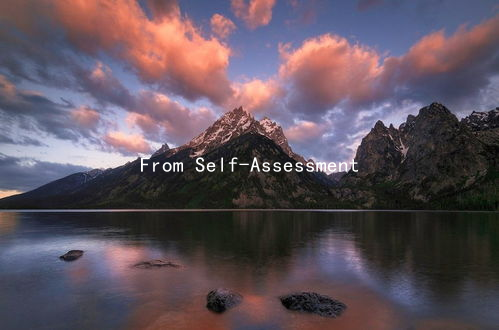The Power of Vulnerability: Confronting Emotional Conflicts in Intimate Settings
In the complex realm of relationships, particularly in romantic contexts, vulnerability often emerges as a double-edged sword. While exposing one’s true feelings can foster deeper connections, it can also stir fears and insecurities, leading to emotional conflicts. Understanding the delicate dance of vulnerability and emotional openness can significantly enhance the quality of intimate interactions.
To begin with, vulnerability is the act of opening oneself up to emotional exposure. In intimate settings, it encourages authenticity and cultivates trust. When partners are willing to express their fears, insecurities, and desires, it lays the groundwork for a more profound emotional bond. However, this openness comes with challenges. The risk of rejection or misunderstanding can make individuals hesitant to share their innermost thoughts.
To navigate this emotional landscape, communication is key. Engaging in conversations that encourage vulnerability requires creating a safe space where both partners feel supported and respected. Active listening plays a critical role here. It’s essential to approach discussions with empathy, genuinely trying to understand the other persons perspective before responding. For instance, using phrases like “I hear you” or “That must be really difficult” can validate feelings and foster a sense of security.
Moreover, language matters significantly in these delicate conversations. The way we frame our experiences can influence how they are received. Using I statements rather than you statements helps to express feelings without sounding accusatory. For example, instead of saying, “You never listen to me,” one might say, “I feel unheard when I try to share my feelings.” This subtle shift diminishes defensiveness and opens the door for constructive dialogue.

Another vital aspect of managing emotional conflicts is recognizing and addressing triggers. Often, vulnerability exposes past wounds that may not be directly related to the current situation. For instance, someone who has experienced betrayal in the past might react strongly to perceived neglect in a present relationship. Being aware of these triggers and discussing them openly can prevent misunderstandings. Partners should feel empowered to share when they are feeling triggered and work together to navigate these emotional waves.
Moreover, setting boundaries is essential when engaging in vulnerable discussions. Partners should communicate their comfort levels and establish guidelines for conversations that might delve into deep emotional waters. This ensures that both individuals feel in control and stable, even during challenging discussions. It also respects personal limits and promotes a balanced exchange of vulnerability.
Finally, embracing vulnerability should be a mutual journey. Both partners need to understand that vulnerability is not a one-sided endeavor. Cultivating a dynamic where both individuals feel free to be open about their emotions leads to a balanced relationship where both parties feel valued and understood.
In conclusion, while vulnerability can be daunting, it is also a powerful tool for deepening intimacy in relationships. By fostering a supportive environment, employing thoughtful communication techniques, recognizing emotional triggers, and embracing mutual vulnerability, partners can turn emotional conflicts into opportunities for growth. When both individuals acknowledge and face their fears together, they not only strengthen their bond but also create a lasting foundation for a healthier, more fulfilling relationship.





